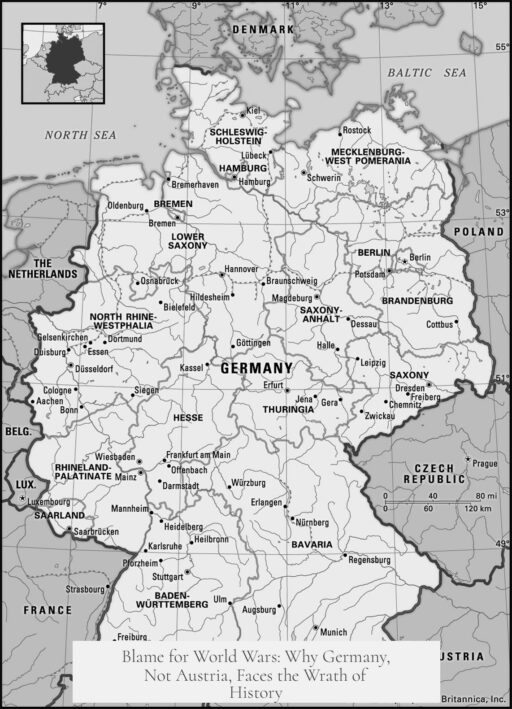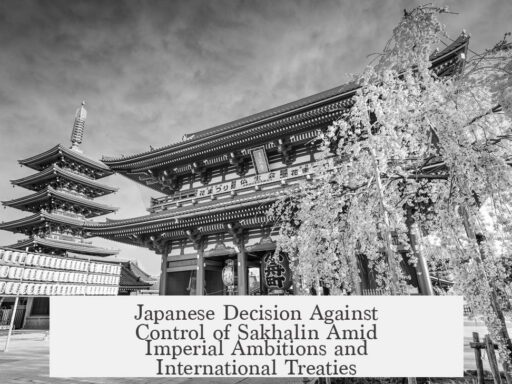The common perception that Germany bears the primary blame for both World Wars stems from Germany’s central and proactive roles in the conflicts, while Austria-Hungary is viewed as a secondary actor influenced by Germany’s decisions and ambitions.
In World War I, Austria-Hungary is seen as the initial aggressor because it declared war on Serbia after the assassination of Archduke Franz Ferdinand. However, the intervention is often justified by the standards of that period as a response to a direct threat. The main reason Austria-Hungary did not act alone lies in its reliance on German support. Without Germany’s assurance, Austria-Hungary likely would have avoided military action against Serbia, a Russian ally, knowing it could provoke a large-scale war.
Germany’s role in escalating the conflict is widely recognized by historians. German leadership under Kaiser Wilhelm II destabilized Europe by dismantling Bismarck’s carefully maintained alliances and engaging in an arms race with Great Britain. Germany’s aggressive foreign policy sought greater global influence, which alarmed neighboring powers. As the dominant industrial and military force in central Europe, Germany’s commitment to supporting Austria-Hungary encouraged the escalation of a regional dispute into a worldwide war.
Austria-Hungary itself suffered internal divisions between its Austrian and Hungarian components, weakening its political cohesion. It pursued the Serbian Crisis mainly to restore its authority in the Balkans but did not anticipate a global conflict. The Austro-Hungarian leadership aimed to punish Serbia, not ignite a large-scale war. This contrasts with Germany’s broader strategic ambitions which involved preparing for a major conflict and expanding its power.
During the July Crisis of 1914, Germany’s “blank check” to Austria-Hungary significantly altered the situation. Historians argue whether Germany intended a full-scale war or simply supported Austria-Hungary to maintain influence, but their intervention made the broader war likely. Thus, blame for World War I focuses more on Germany’s choices and plans than Austria-Hungary’s initial actions.
In World War II, the distinction is even clearer. German leadership under Adolf Hitler openly planned and instigated war. Hitler’s book Mein Kampf outlines a strategy that includes war preparation through economic, educational, and propaganda reforms, as well as military campaigns against multiple European powers. Germany’s aggressive expansion started with annexing territories and provoking conflicts deliberately to achieve dominance.
Austria’s status was different in the Second World War. The Anschluss in 1938 merged Austria into Nazi Germany, ending its existence as an independent state. Before annexation, Austria had significant Nazi support, but officially it was absorbed into the German Reich and lost sovereignty. This absorption blurs Austria’s responsibility as a separate state for the war.
Austria’s post-war narrative as “Hitler’s first victim” complicated its responsibility for World War II. Despite many Austrians supporting the Nazis, the Austrian government long denied culpability. It was not until 1993 that Austria formally accepted responsibility and apologized to Israel for the Holocaust and related crimes.
The fact that Austria ceased to exist as an independent political entity after 1938 and became part of Nazi Germany shifts the focus of responsibility firmly onto Germany. Austria’s state institutions did not exist independently during most of the war. Therefore, society and individuals are scrutinized separately from Austria as a state.
| Conflict | Role of Germany | Role of Austria-Hungary / Austria |
|---|---|---|
| World War I | Destabilized Europe; supported Austria-Hungary; strategic escalation | Provoked Serbia; relied on German support; internal divisions |
| World War II | Planned and waged war; annexed Austria; aggressive expansion | Annexed by Germany (Anschluss); no independent state; complex responsibility |
- Germany’s far-reaching ambitions and strategic decisions escalated and intensified both World Wars.
- Austria-Hungary’s actions in WWI were significant but dependent on German backing, limiting its independent responsibility.
- Austria’s annexation into Nazi Germany largely removed its status as a sovereign state and thus its separate war responsibility.
- Post-war, Austria’s narrative of victimhood delayed full acceptance of responsibility, unlike Germany which took on full blame.
Why Do We Lay the Blame of Both World Wars at Germany’s Feet (and Not Austria)?
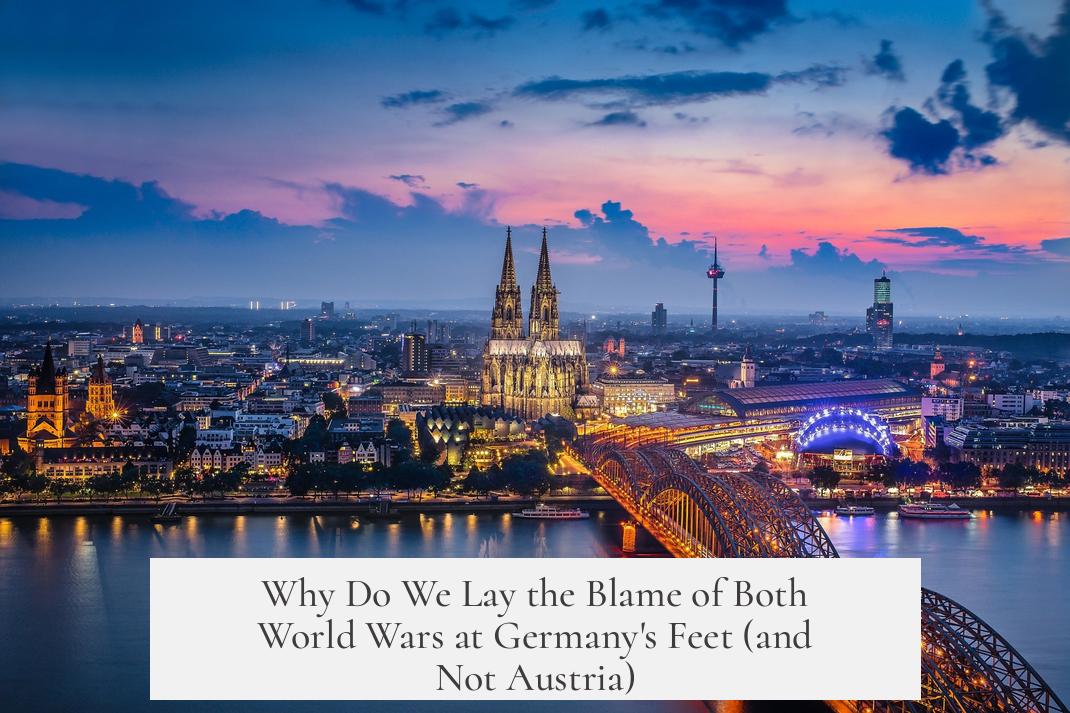
Because Germany’s role was more pivotal, proactive, and expansive, while Austria-Hungary’s involvement was more limited and entangled—often overshadowed by Germany’s ambitions and actions. That’s the nutshell answer. But let’s unpack the story behind this perception, revealing why most laymen and historians place the weight of blame squarely on Germany, not Austria.
World War I and II both reshaped the globe in multiple agonizing ways. Yet, if you ask an average person who bears the blame, “Germany” quickly pops up. Much less often do you hear “Austria” or “Austria-Hungary.” Why does Germany get the historical scolding star? Let’s dig into the details.
The First World War: Austria-Hungary as the Bellicose Bystander?
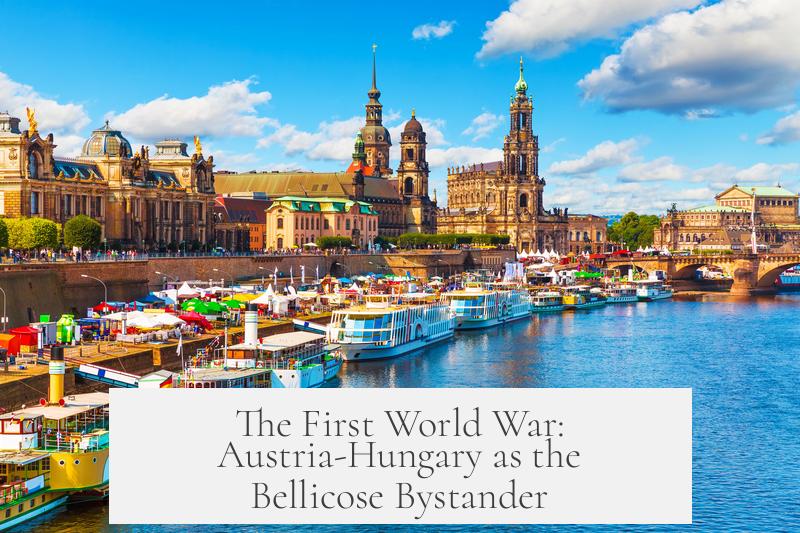
After Archduke Franz Ferdinand’s assassination in 1914, many expect Austria-Hungary to be at fault. But hold on—a deeper look shows Austria-Hungary acted within the era’s “rules of engagement.” The empire’s military intervention was somewhat justified by the standards of the time. They intended to “teach Serbia a lesson,” rather than spark a global war. But did Austria really foresee the catastrophe unfolding from their strike?
Here’s the twist: Austria-Hungary was politically and militarily rattled. Its internal structure was shaky, with unresolved tensions between Austria and Hungary, while emerging nationalist movements and Balkan conflicts drained its strength.
“Austria-Hungary was mostly occupied with keeping up its unification in times of emerging nationalism and a deep divide between the Austrian and the Hungarian part of the empire.”
This explains part of the limited blame: Austria-Hungary’s reach didn’t exceed its grasp. It wanted to assert power locally, not catalyze a continent-wide war.
The real game-changer was Germany’s unflinching support. Germany told Austria, “We’ve got your back.” This assurance was crucial. Austria-Hungary likely wouldn’t have dared military action against Serbia without German insurance, especially given Serbia’s alliance with Russia.
By backing Austria-Hungary, Germany knowingly hotwired a regional conflict into a European—and eventually global—war. Germany’s aggressive posturing under Kaiser Wilhelm II destabilized the entire European power balance.
Think about it: Germany, eager for world renown, disrupts Bismarck’s careful alliance system. It races Britain in an arms build-up. It stirs colonial rivalries. While Austria scrambles for internal cohesion, Germany’s ambitions become the true powder keg.
Historians still debate whether Germany wanted a full-scale war or simply mismanaged the risks. But Germany’s aggressive diplomacy and military mobilization tipped the scale dramatically. Austria stayed reactive; Germany roared forward.
World War II: Germany’s Roadmap and Austria’s Annexation
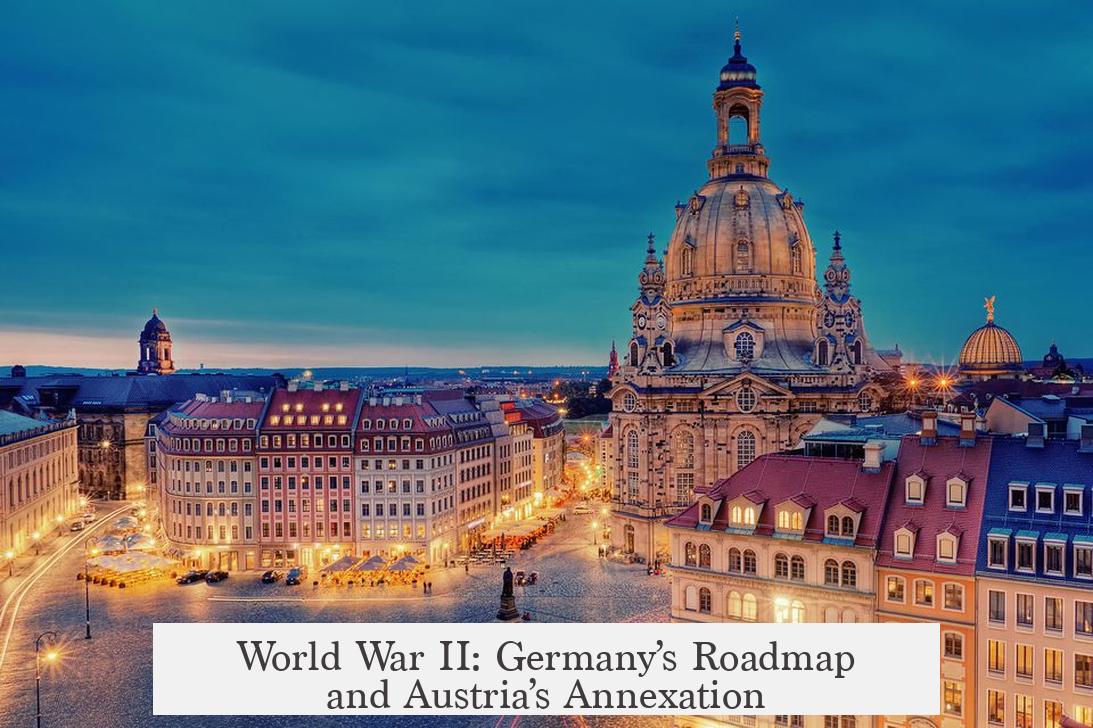
Now the second global nightmare. Hitler’s vision, pinned down in Mein Kampf, laid out a detailed war plan. This was no local slap fight. Germany planned a European land war to secure survival. Hitler’s blueprint included economic control, schooling, propaganda, and strategic attacks—in meticulous order.
Austria’s role in this war is tangled. In 1938, Austria was annexed by Germany in the Anschluss. According to Nazi ideology, Austria was never meant to exist independently; it belonged to the “German kulturkreis,” a shared German cultural space. Did Austria have a choice? Not really. It became part of the German Reich.
This annexation muddled Austria’s responsibility. Austrian Nazis and collaborators existed, but Austria as a sovereign state had essentially vanished by WWII’s start. Austria’s initial narrative painted it as the first victim of Nazi Germany, avoiding accountability for decades.
Yet, many Austrians welcomed the Anschluss enthusiastically, complicating the “victim” story. Only in 1993 did Austria formally accept responsibility and apologize to Israel for those dark times.
Blaming Austria as a state is complex given its absorption into Germany. Unlike Austria-Hungary in WWI, Austria ceased to be an independent actor by WWII’s onset, making Germany the central architect and aggressor.
So, What’s the Bottom Line?
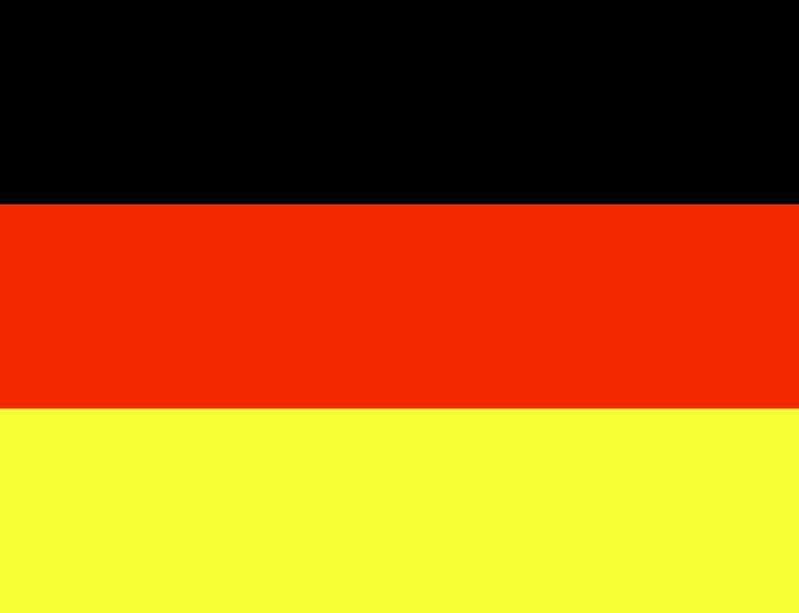
- Austria-Hungary’s role in WWI was reactive, limited, and shaped by Germany’s strong-arm encouragement. Their intervention was “justified” at the time and aimed locally, not globally.
- Germany, on the other hand, pursued ambitious power expansion, alliance dismantling, and instigated a chain reaction that ignited global war. Germany’s unsteady policies and military plans drove escalation.
- In WWII, Austria was absorbed by Nazi Germany and became part of its machinery. Austria lost state sovereignty and had a dichotomous status as both perpetrator (via Austrian Nazis) and “victim.”
- Germany’s leadership, ideology, and execution were the clear causes of world war. Hitler’s detailed war plans made Germany the aggressor in the second conflict beyond dispute.
Reflection: What Does This Mean for the Casual Observer?
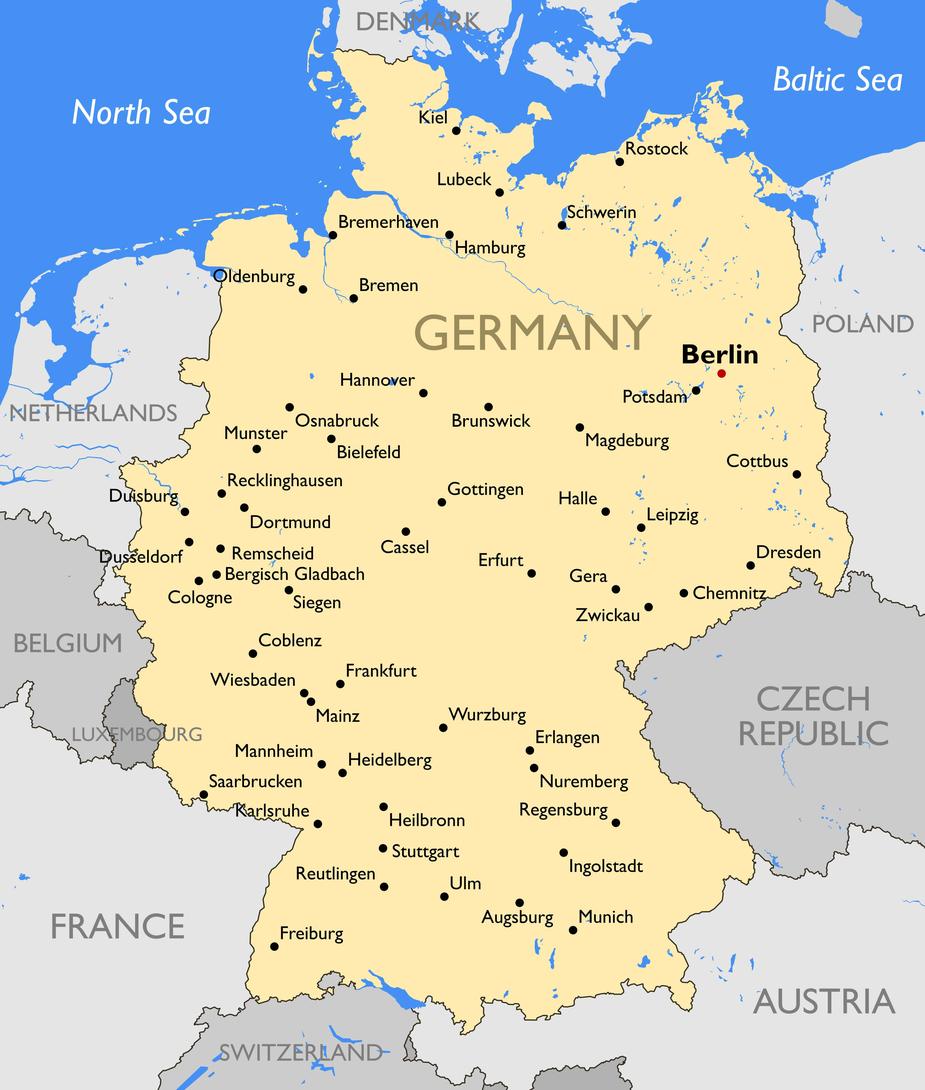
When people blame Germany today, they tap into the historical reality of who wielded real power and whose ideas fueled the conflicts. It’s not just about the assassination that started WWI—it’s about who turned a regional crisis into a global cataclysm. And in WWII, the architect of destruction was unmistakably Germany, with Austria a country swallowed by its ambitions.
For the layman, it’s simpler to say “Germany is to blame.” Austria’s indirect or forced roles aren’t as clear-cut in popular memory. Plus, post-war narratives helped shape this view: Austria as a victim, Germany as the villain.
Of course, historical truths are messy. But the facts show Austria-Hungary and Austria had their parts, mostly minor or coerced, whereas Germany’s ambitions and actions actively ignited both world wars.
So next time you hear the question, remember this breakdown. And if anyone dares to blame Austria alone, you’ll know why Germany carries the heavier burden.
Why is Germany blamed more than Austria for starting World War I?
Germany assured Austria-Hungary of its support before Austria intervened in Serbia. This backing encouraged Austria to act, escalating a regional conflict into a full-scale war, making Germany’s role central in the outbreak.
Did Austria-Hungary intend for World War I to become a large conflict?
Austria-Hungary wanted to punish Serbia and demonstrate power but likely did not expect or seek a major war. Their aim was regional control, not a Europe-wide conflict.
Why is Austria seen differently in World War II compared to Germany?
Austria was annexed by Nazi Germany in 1938, losing independence. Many Austrians later portrayed themselves as victims rather than aggressors, making it harder to assign state-level blame.
What role did Hitler’s plans play in blaming Germany for World War II?
Hitler openly planned a large European war in his writings and policies. His goals and strategy make Germany the primary actor responsible for starting World War II.
When did Austria accept responsibility for its role in the Nazi era?
Austria formally acknowledged its role and apologized in 1993. Before that, it largely denied state responsibility despite many Austrians supporting the Nazis.
